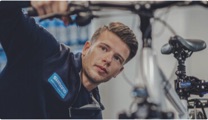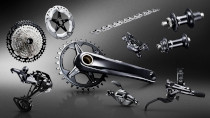Craig Alexander is a 5x Triathlon World Champion and 12x Australian Champion. He is a husband to Neri and a dad to Lucy, Austin, and Lani. Craig is an ambassador for the Kids Foundation and The Safeheart Foundation and also founded an online endurance training platform, Sansego
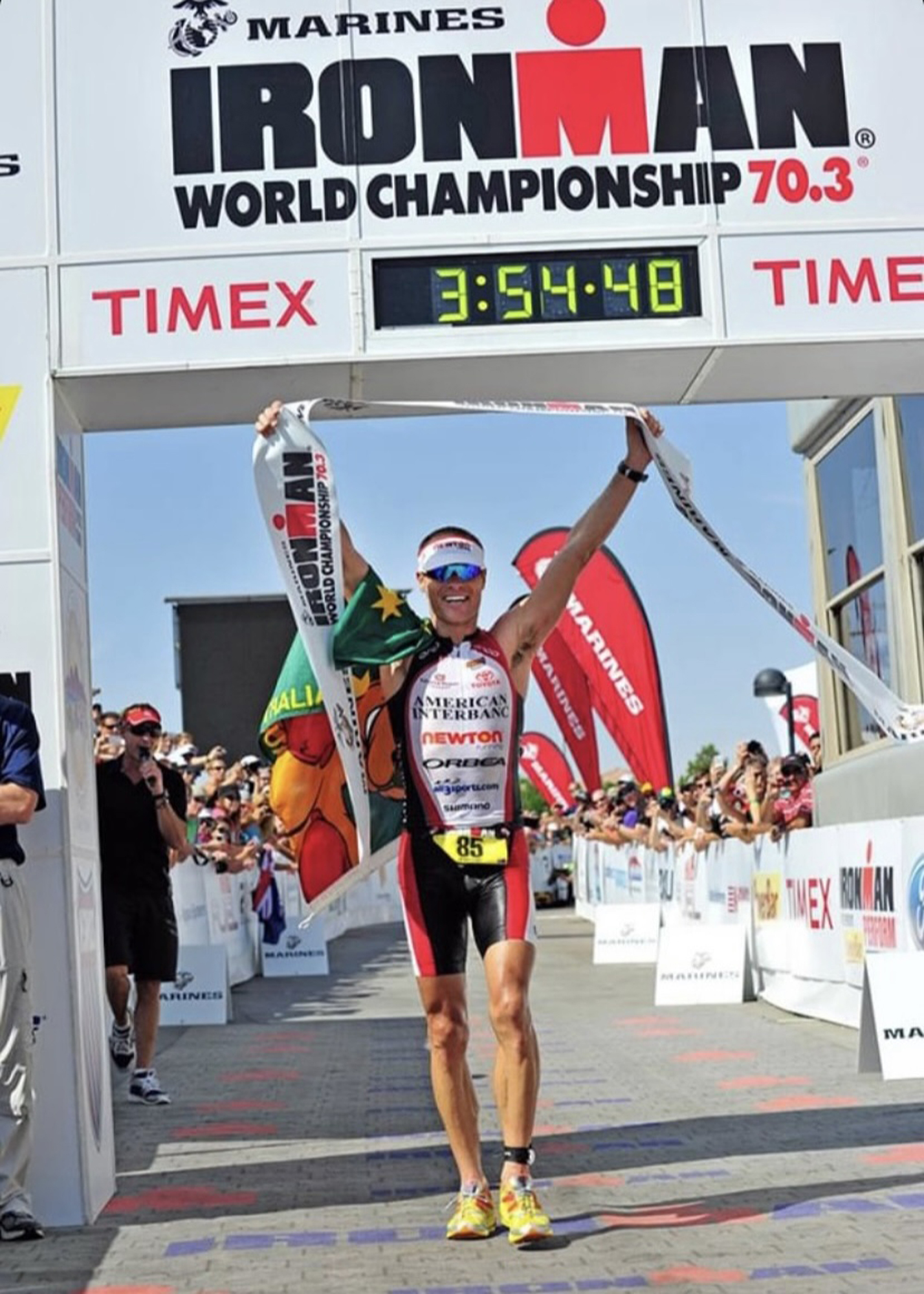
Triathlon is a strength-based sport. Building and maintaining muscular strength for the swim, bike, and run is very important for optimal performance and injury prevention. Muscular strength enables us as athletes to better maintain performance when fatigued and to sustain this output for the full duration of our events. Strong muscles are also more durable, so we can maintain our form longer and hopefully prevent injury.
Besides triathlon-specific muscular strength, improving core strength and stability should also be a priority for endurance athletes. Core exercises help strengthen and activate the smaller muscles that attach to our pelvis. The ability to turn these muscles on and maintain low-level contractions to control our pelvis alignment is crucial for performance as well as injury prevention, so again we see the two-sided benefit.
A strong core and good muscular strength lead to optimal functional movement, which means better efficiency. In any endurance activity that requires a repetitive motion over time, efficiency is a key component for performance and injury prevention. If our biomechanics or movement patterns aren’t quite right, or we don’t have the strength to maintain them over time, we can easily go down the road of overuse injury. This is why improving both core strength and strength in our primary muscle movers is vitally important and should be a priority for all athletes.
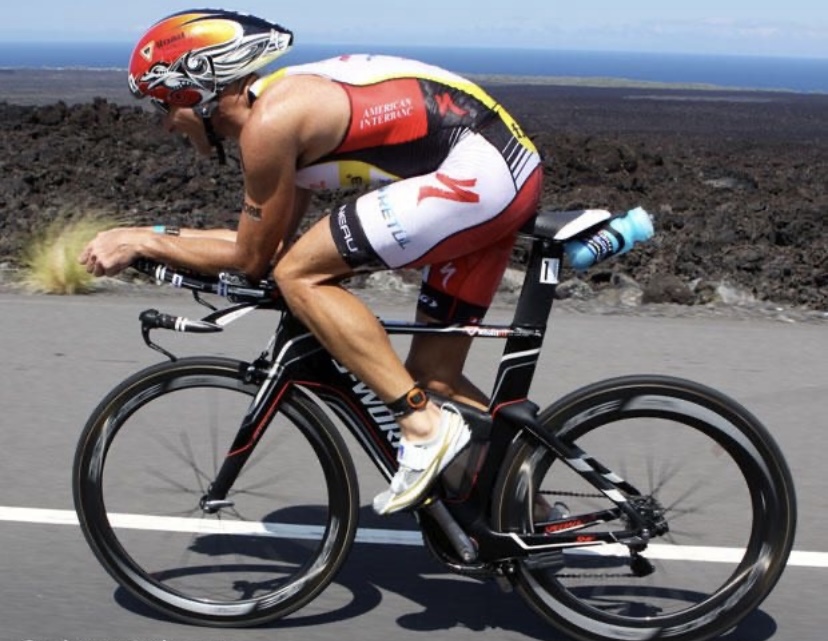
Specificity of Training and Transfer of Training Effects
So, now we know why improving our strength as endurance athletes is so important, but how do we go about doing that? Let’s start with two training principles I learned as a physiotherapy student a lifetime ago: The Specificity of Training and the Transfer of Training Effects.
The Specificity of Training principle states that your training must be relevant and appropriate to your sport in order to produce the desired results. Or, put more simply, you must train or practice a skill in order to get better at that specific skill.
The Transfer of Training principle teaches that learning and performing one activity can affect the performance of related skills and activities. Transfer of Training is essential for designing training strategies that positively impact competitive performance in a given sport.
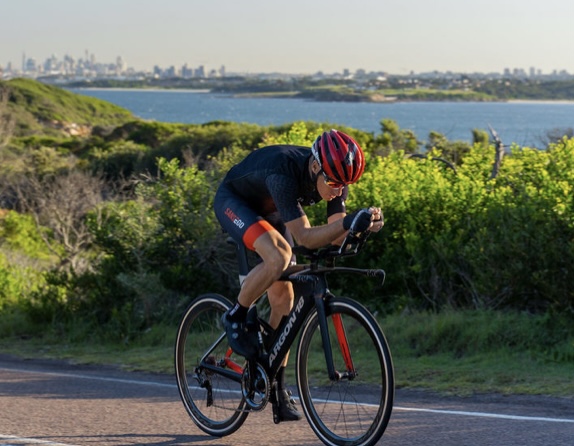
Building Triathlon-Specific Strength
We can improve our strength as triathletes by first training specifically for our sport with increased loads or resistance. For example, incorporate more hills into your cycling and running training. Longer rides and runs on hilly routes or hill repeats are proven methods of increasing specific cycling and running strength. Including low cadence, high resistance strength efforts as part of your weekly cycling routine is another must-do. These can be done on an indoor trainer or a hill of the right length and gradient.
For swimming, using swim equipment in some of your sessions is a great way to build strength. Using swim paddles, pull buoy, and an elastic band around your ankles can help target the primary swimming muscles in the same way hills do for the bike and run. I always felt these types of specific-strength sessions created more of a muscular load.
With all training sessions that involve increased resistance or loading, performing these activities with great technique is extremely important. Poor technique combined with great load can quickly lead to injury. We also want to make sure that we are isolating and targeting the right muscles during loaded workouts. Our bodies are very good at compensating and trying to recruit help from elsewhere, so focus on technique before increasing load too quickly.
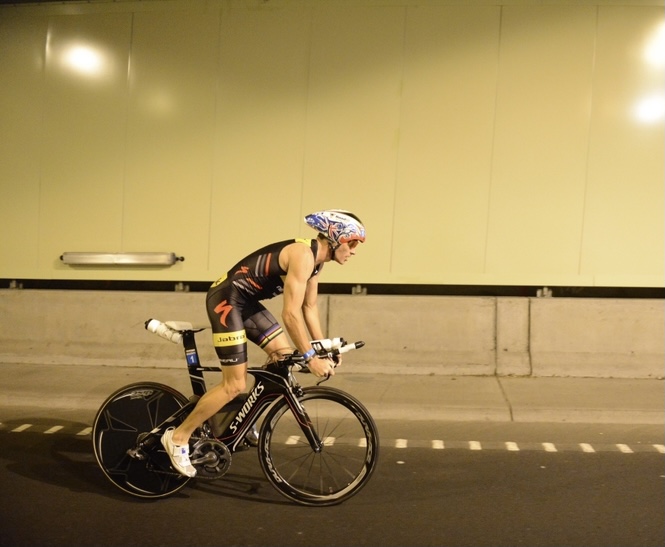
Transfer of Training in the Gym
To further increase our strength and resiliency as triathletes, we can supplement our strength training for the swim, bike, and run with targeted exercises in the weight room. This is where we will utilize the Transfer of Training principle. There are many exercises we can perform in the gym or weight room, where the strength and activation gains transfer well into the real world of triathlon.
Before embarking on a triathlon strength and conditioning routine in the gym, be sure to seek the advice of an expert. I worked with Erin Carson from Rally Sport in Boulder and with six-time Ironman World Champion Dave Scott (among a few others) to evaluate my strengths and weaknesses and help put together different strength training plans at different times in my career. Remember that our bodies are ever-changing; we get stronger or weaker in certain areas, we all get older, which impacts strength and flexibility, and the events we are targeting change as well. All these factors impact our strength training needs.
Just as with the loaded tri-specific workouts from above, it is very important to perform exercises in the gym with proper technique to prevent injury and ensure you're targeting the exact muscles that you are trying to build strength. Someone with experience in a weight room can give you a lot of great feedback on your technique as well as instruction on the types of exercises you should be doing to maximize your time in the gym. They can help you decide on important details like how many sets or repetitions to do for each exercise or how to progress your routine over time. They can also help you decide how to build your strength sessions into the rest of your training, whether you're tapering for an event, maintaining fitness, or in the middle of a strength-building block.
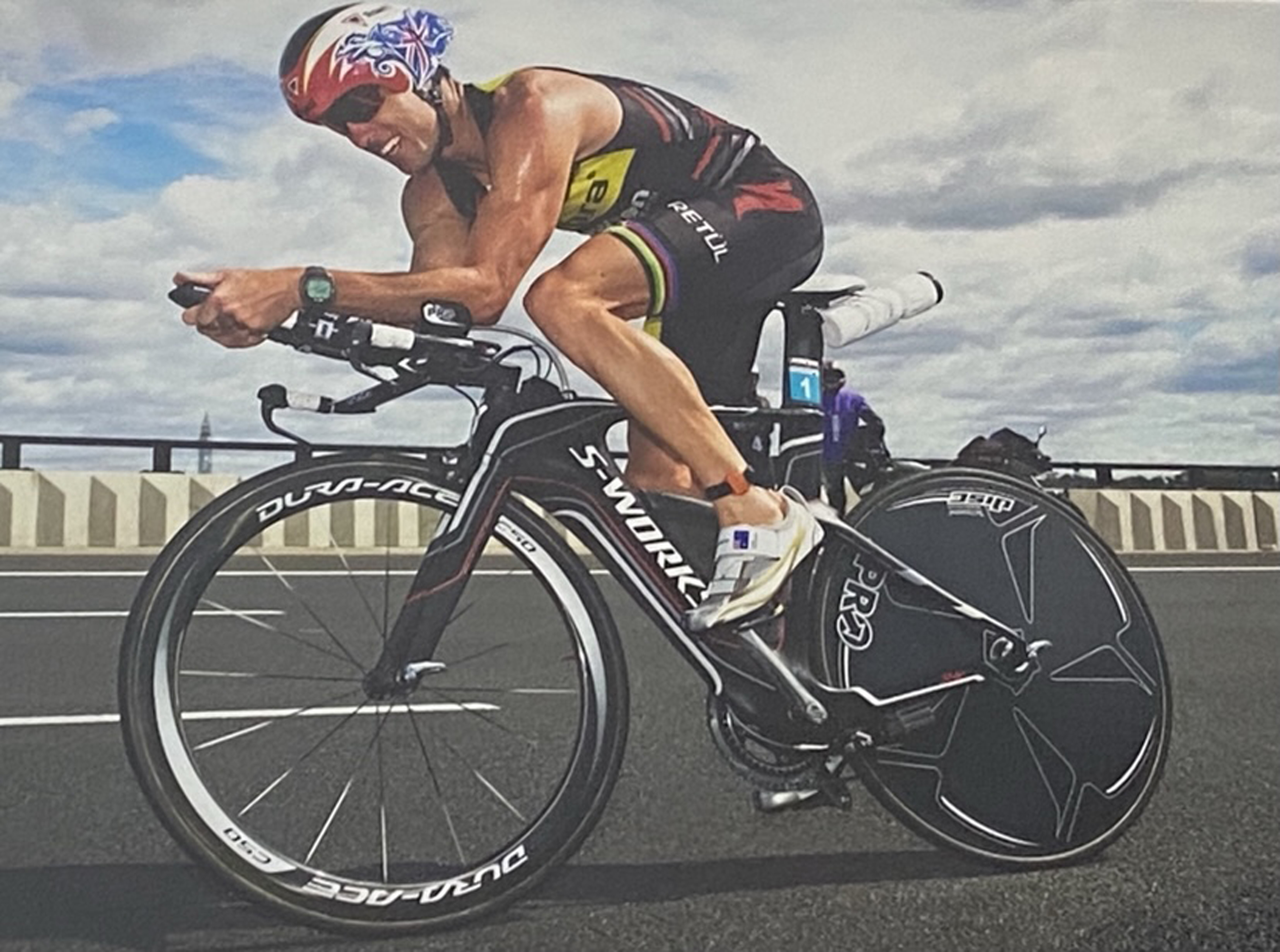
Building Strength into Your Training
Scheduling your strength sessions in the gym is a balancing act. You need to factor in the overloading of your muscles and the appropriate recovery time to get maximum adaptations while also continuing with your usual swim, bike, and run training. A very good endurance coach once told me, “The main rule of strength work in the gym for an endurance athlete is to avoid getting too sore. Heavy DOMS (delayed onset muscle soreness) will negatively impact your ability to sustain consistency in training.”
However, it is inevitable that you will get some soreness from weight training, especially when you first start or come back after a break while your body is adapting. That’s why the coaches’ second piece of advice was just as good as his first, “When getting started or starting back, use very lightweight to perfect the technique and movement patterns of each exercise and to help your body adapt to this new type of muscle loading.”
During my career, I used to hit the gym for 2-3 weight training sessions per week, and I did core strength and stability sessions about 3-5 times per week. I had a little home setup for my core routine to make it more convenient and time-effective, making it easier to stay compliant (if you don’t have to drive anywhere, it removes excuses or obstacles). My setup was pretty simple and cheap as well. I had a mat, two dumbells, a Swiss Ball, some bands, and a step.
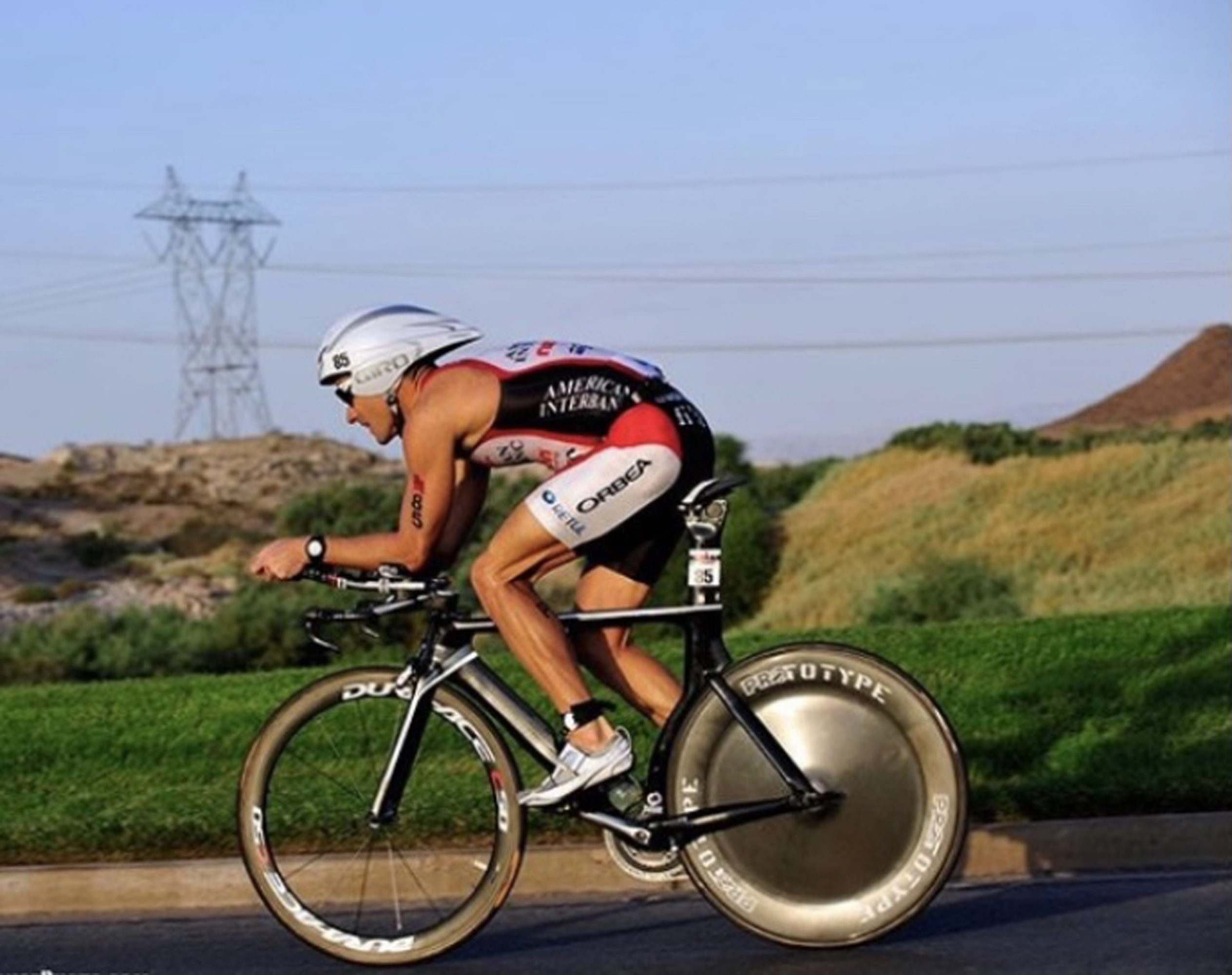
In the gym, I typically worked on the routine of doing three sets with 8-12 repetitions for each exercise, and my routine would change depending on what we were targeting or working on at a particular time in the season. Some of the staple exercises were front and back squats, inclined leg press, deadlifts, step-ups with overhead shoulder press, lunges, box-jumps, power-cleans, hamstring curls, chin-ups, push-ups, and sumo walks – and the many variations and progressions of these exercises. I would typically start with simpler exercises and then progress to more full-body exercises, often combining movements and then sometimes adding faster or more explosive exercises.
For my core strength, stability, and activation routine, I incorporated a lot of Swiss Ball exercises like hip bridging, push-ups, balancing, single-leg balancing, hip band work, and deep abdominal control exercises, just to name a few. There are thousands of core exercises that are beneficial to triathletes. I started with static exercises, then progressed to more dynamic and combined exercises and movements.
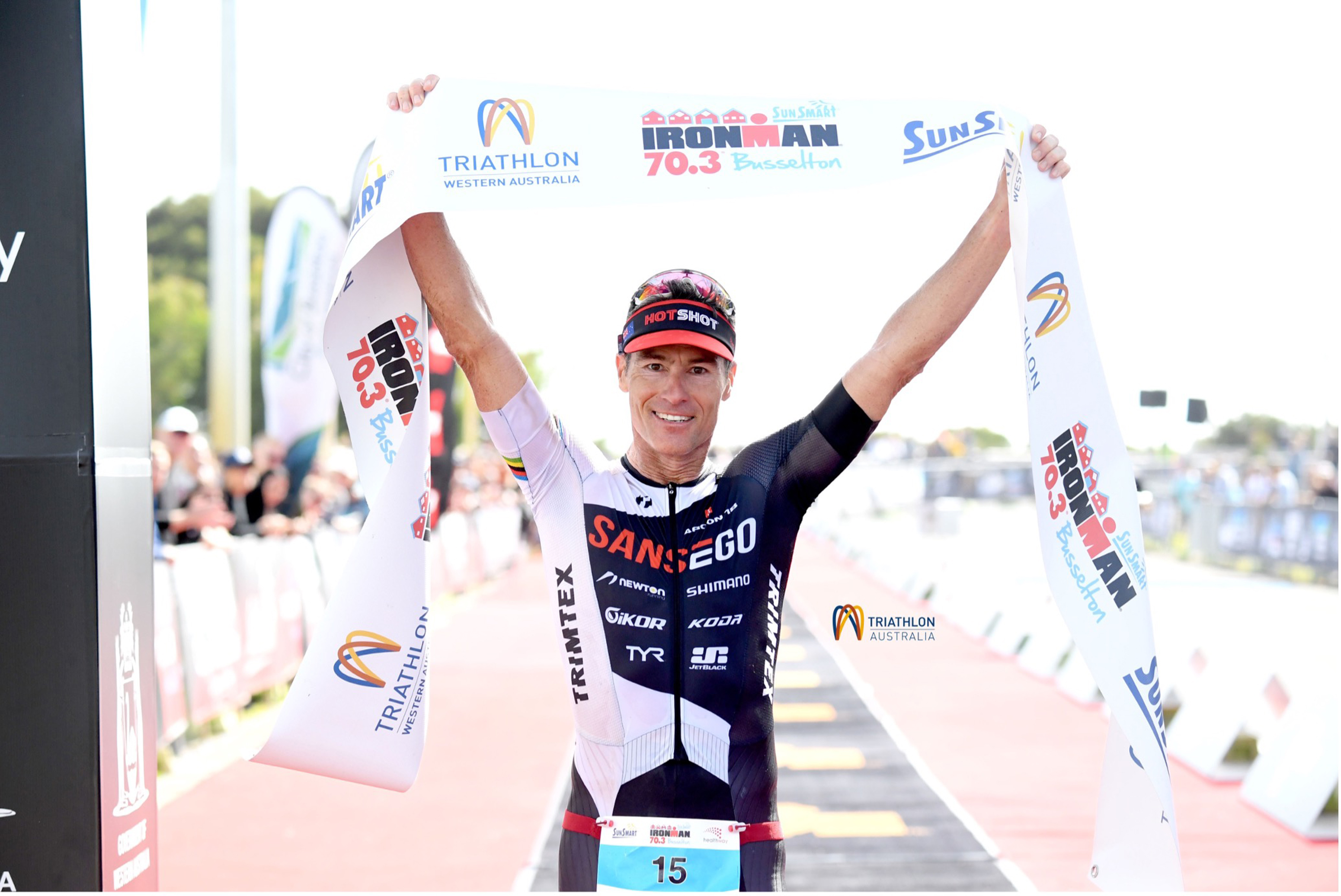
So, the take-home message about strength training for triathletes is that effective strength and conditioning should include two elements. Focus on specific strength work for the three disciplines with loaded workouts like hill repeats or by using swim equipment. Then, complement this work with a well-designed weight program. Together, these two types of strength workouts will not only help improve your strength and efficiency as a triathlete, but they’ll help keep you injury-free.
Time to get strong!
Crowie.



